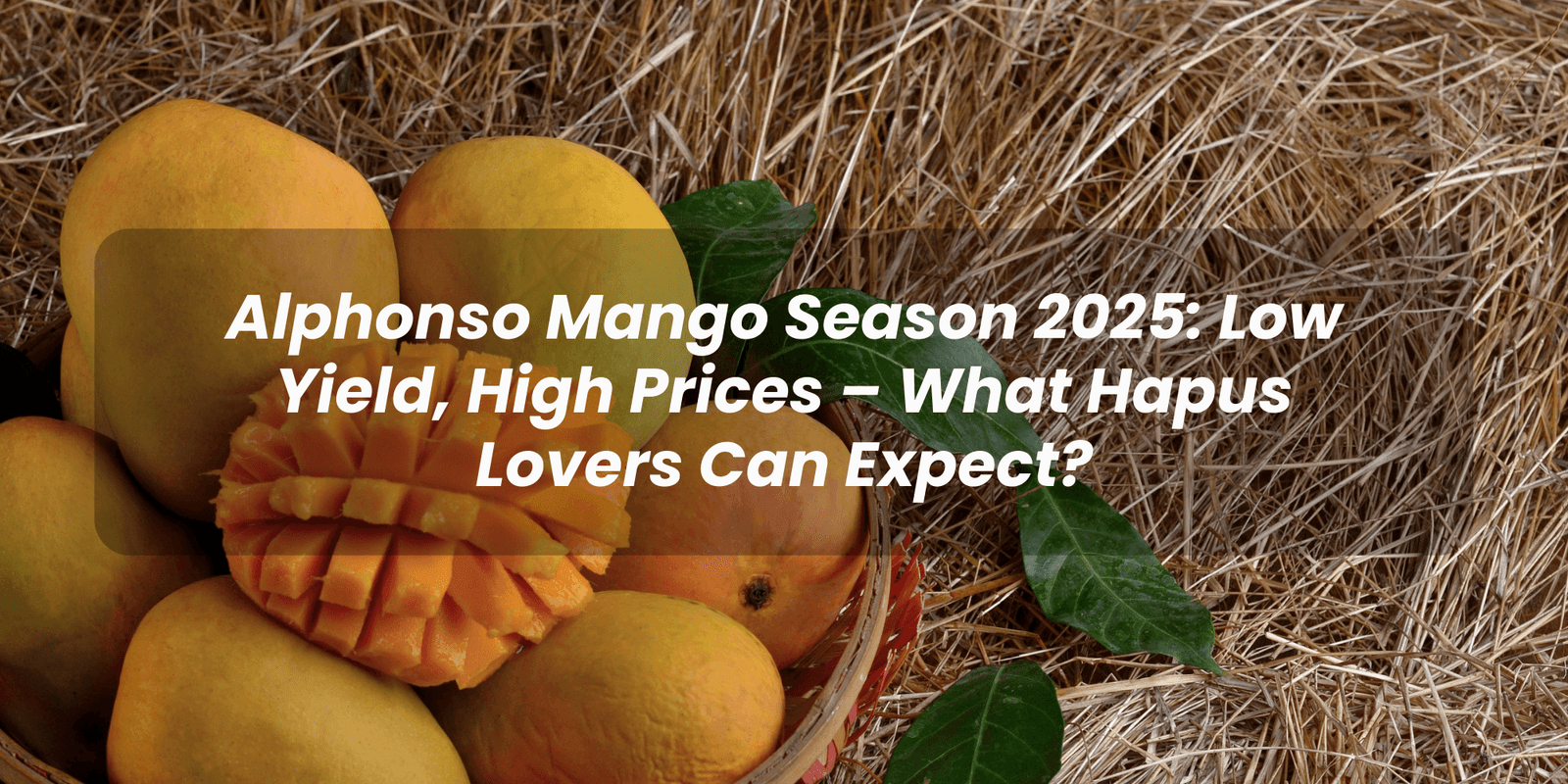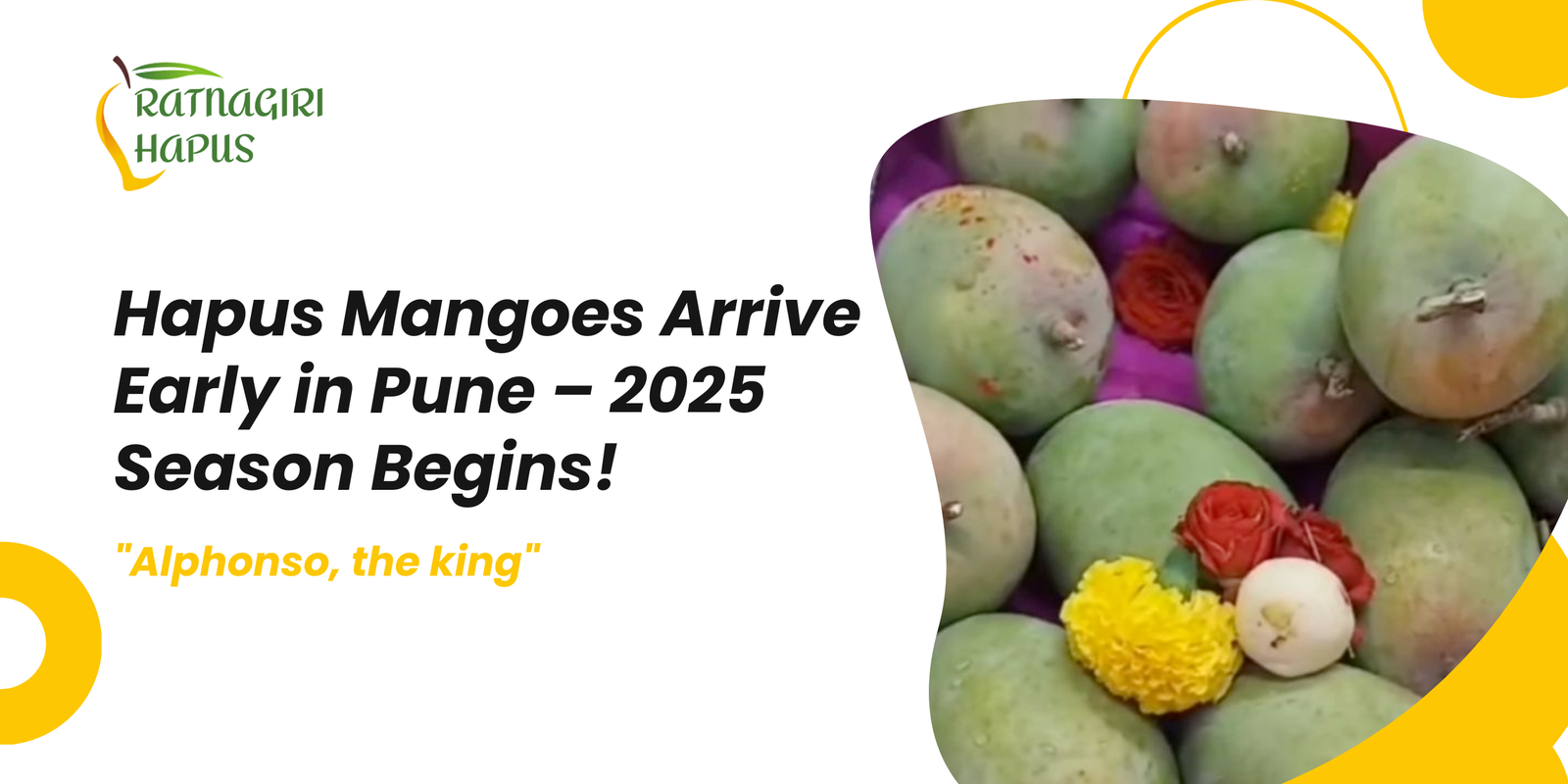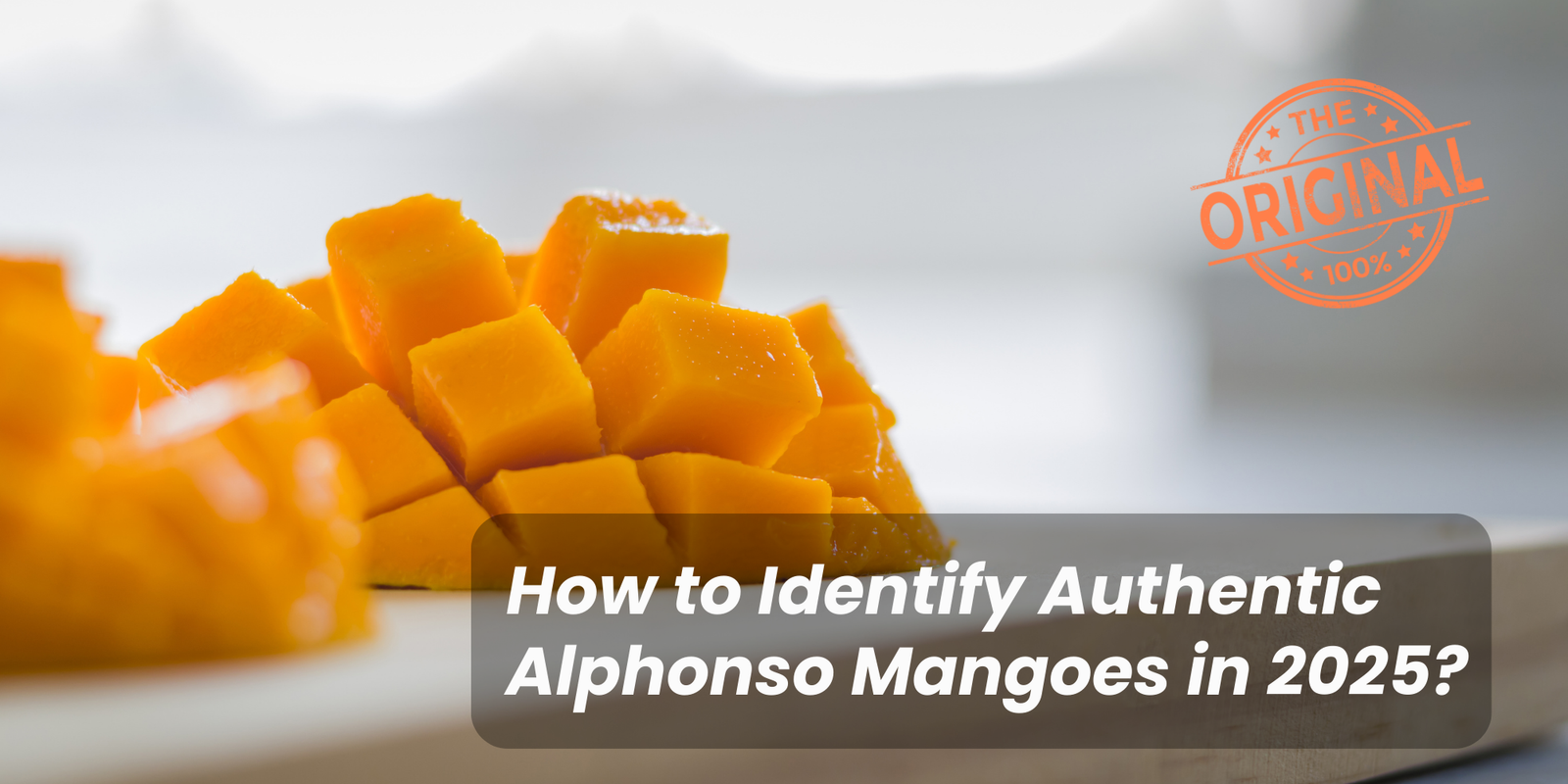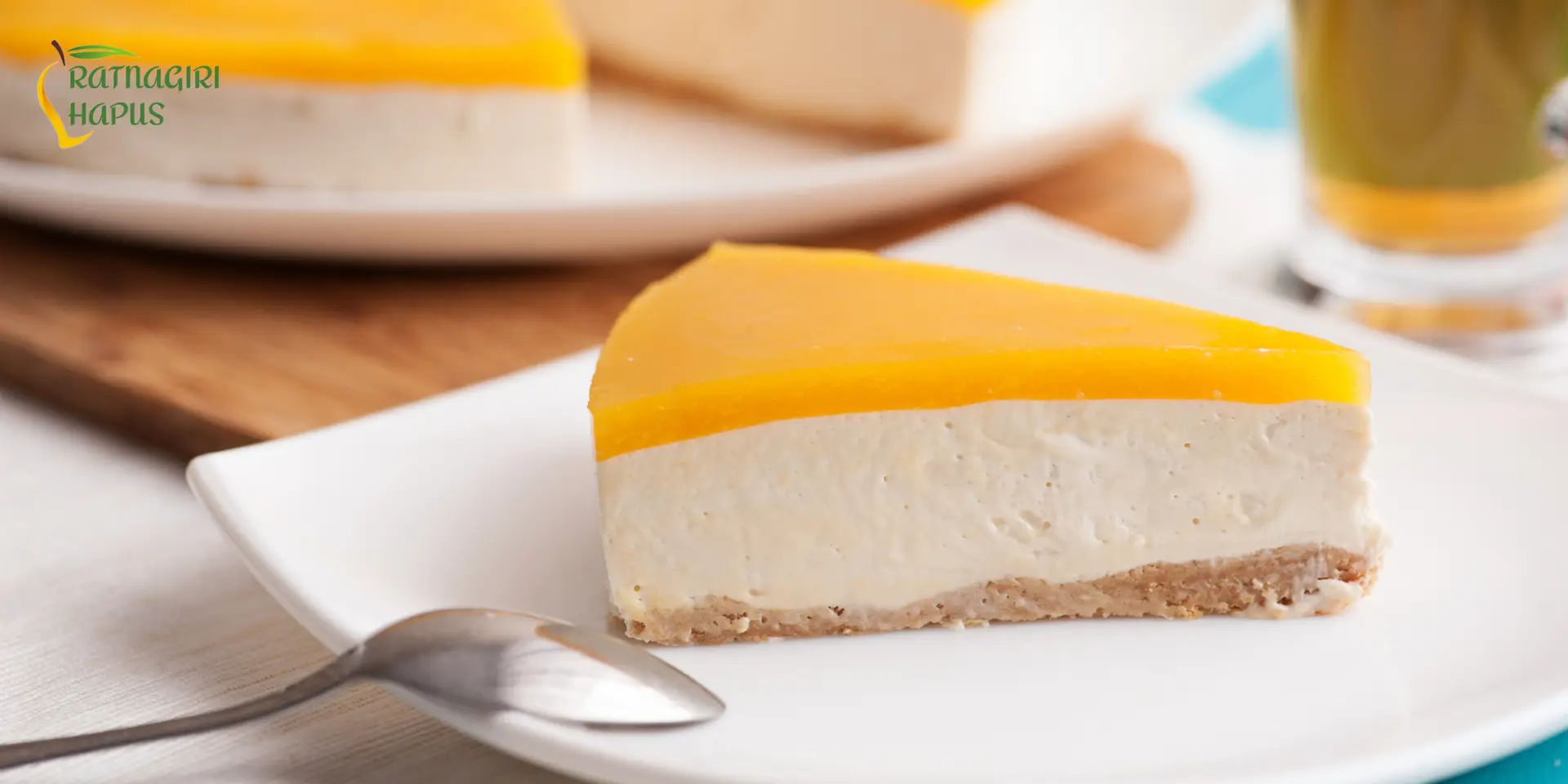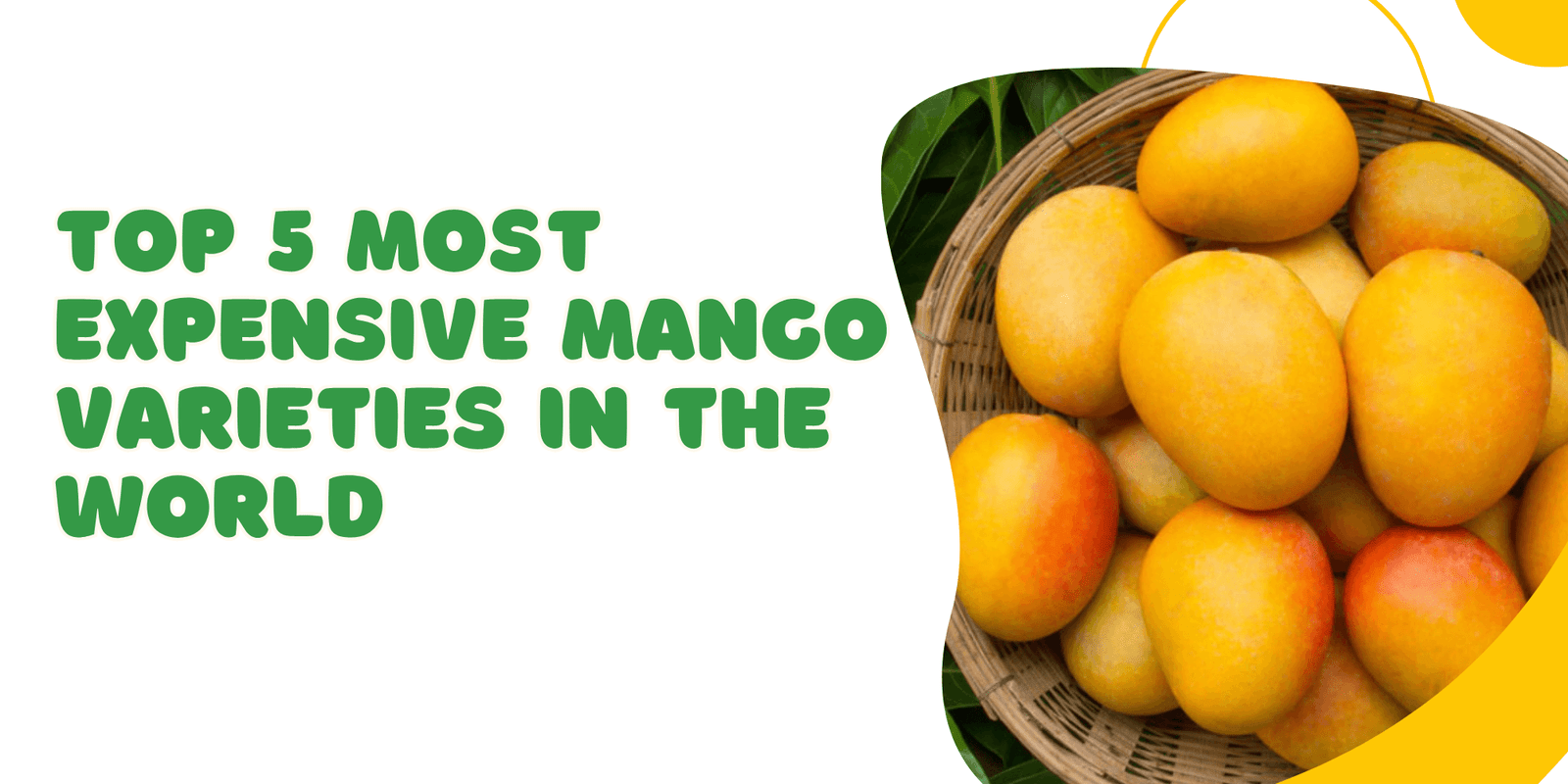
Mangoes are loved around the world for their sweet, juicy flavor. While many of us enjoy the more common varieties, there are a few rare and premium mangoes that come with a luxury price tag. These are not just fruits — they are prized for their taste, rarity, growing conditions, and cultural value.
Let’s take a look at the top 5 most expensive mango varieties in the world in 2025.
1. Miyazaki Mango – Japan
- Price: ₹2.5 lakh to ₹3 lakh per kg ($3,000–$4,000 per dozen)
- Nickname: “Egg of the Sun”
- Why It’s Expensive: Grown only in Japan’s Miyazaki Prefecture, this mango is known for its bright red color, high sugar content (15% or more), and precise cultivation techniques. Each mango is carefully wrapped, weighed, and auctioned.
- Interesting Fact: These mangoes are often given as luxury gifts in Japan.
2. Taiyo No Tamago (Egg of the Sun) – Japan
- Price: ₹1.5 lakh to ₹2 lakh per dozen
- Why It’s Expensive: Grown under strict conditions with controlled sunlight, humidity, and temperature. Only mangoes meeting strict criteria for size, weight, and sugar level earn this name.
- Availability: Limited to a short season and only a few thousand pieces make it to the market each year.
3. Noor Jahan Mango – Madhya Pradesh, India
- Price: ₹500 to ₹1,500 per piece
- Size: 2 to 3 kg per mango!
- Why It’s Expensive: This giant-sized mango is rare and grown only in the Alirajpur region. Its massive size, sweet flavor, and limited cultivation make it highly desirable.
- Interesting Fact: Due to climate changes, availability has become even more limited in 2025.
4. Sindhri Mango – Pakistan
- Price: ₹800 to ₹1,200 per dozen (for export-quality)
- Why It’s Expensive: Known as the “Queen of Mangoes” in Pakistan, Sindhri mangoes are grown in Sindh province and are popular for their buttery texture and fragrance. Exported to the Gulf, UK, and US, premium packaging and logistics add to the cost.
- Season: Early season mango, available before others.
5. Alphonso (Hapus) Mango – Ratnagiri/Devgad, India
- Price: ₹1,200 to ₹2,200 per dozen (premium grade in 2025)
- Why It’s Expensive: Often regarded as the best mango in the world, Alphonso from Ratnagiri and Devgad commands high prices due to GI tag, unique aroma, fiberless texture, and balanced sweetness. Climate changes have made 2025 a low-yield year, pushing prices even higher.
- Interesting Fact: Often faked in markets, buyers are advised to purchase only from trusted sellers.
Final Thoughts
From Japan’s luxurious Miyazaki to India’s royal Alphonso, these mangoes are not just fruits — they are experiences. High cultivation costs, limited supply, and exceptional quality make them some of the most expensive mangoes in the world.
So next time you bite into a juicy mango, remember — somewhere, someone might be enjoying a mango that costs more than a smartphone!



